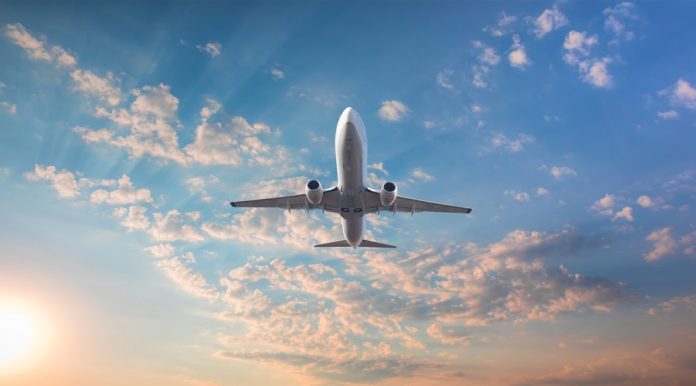The Association of Asia Pacific Airlines (AAPA) has reported a notable 7.7% rise in international passenger traffic in July 2025, a clear sign of the aviation sector’s continuing rebound. This growth is largely driven by the steady revival of global tourism as countries ease restrictions and consumer confidence strengthens. With Asia-Pacific remaining one of the most dynamic travel regions in the world, airlines are steadily ramping up services and adding routes to cater to renewed demand.
According to AAPA’s preliminary data, Asia-Pacific carriers transported 33.4 million international passengers in July alone. Measured by Revenue Passenger Kilometres (RPK), passenger traffic grew by 8.0% year-on-year, signaling not only increased travel numbers but also longer travel distances, especially intercontinental. Airlines responded with an 8.6% increase in seat capacity, though this slightly outpaced demand growth, resulting in the average passenger load factor dipping marginally by 0.4 percentage points to 82%. Despite this, industry analysts view the figures as a healthy sign of capacity building to support future demand.
Air cargo also remained resilient during the month, registering an 8.6% year-on-year increase in Freight Tonne Kilometres (FTK). This growth came despite global trade uncertainties, with much of the demand driven by businesses accelerating shipments ahead of new U.S. tariffs scheduled for August. Airlines expanded cargo capacity by 6.4%, which in turn pushed the freight load factor up by 1.2 percentage points to 62%. This demonstrates improved efficiency in cargo operations and underlines the importance of air freight in sustaining global supply chains.
Commenting on the performance, AAPA Director General Subhas Menon highlighted that strong traffic growth on routes connecting North East Asia and South Asia, along with network expansion, helped stimulate demand. Between January and July 2025, Asian airlines carried 224 million international passengers, marking an 11% increase compared to the same period in 2024. Meanwhile, cargo volumes grew by 6.5%, buoyed by inventory build-ups and diversification of sourcing strategies.
Looking ahead, AAPA projects continued momentum for the rest of the year, supported by healthy forward bookings and easing fuel costs—jet fuel prices are down 15% year-to-date to an average of US$89 per barrel. While geopolitical tensions and trade tariffs may pose some challenges, the association remains optimistic about the long-term outlook. With both passenger and cargo sectors showing resilience, Asia-Pacific airlines are positioning themselves as central drivers of global aviation recovery.



















